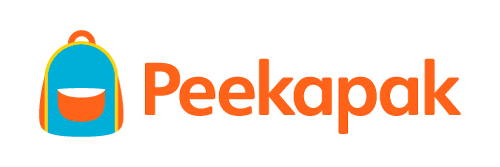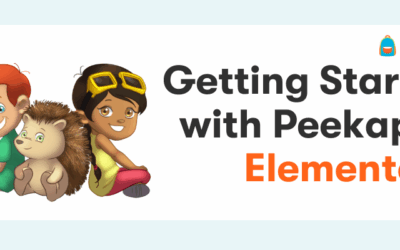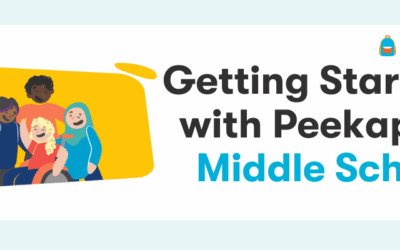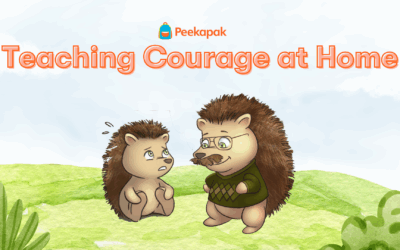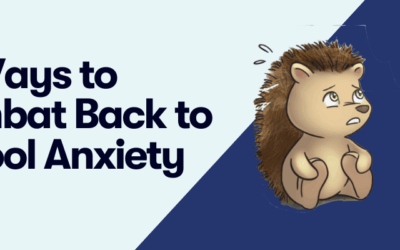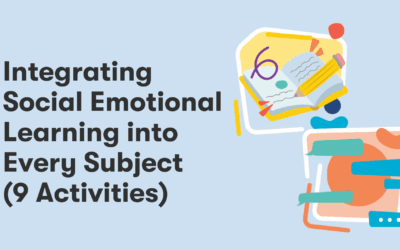By now, the importance and benefits of including social-emotional learning for students are well known. Unfortunately, many educators still find it difficult to find ways to make time for SEL activities, whilst also teaching the required curriculum.
This article will discuss five SEL activities that can easily be incorporated into the classroom. Many of these activities can be incorporated into lessons for academic learning so that educators can incorporate SEL competencies without taking time away from other subjects.
1. Class Discussions

Class discussions are critical for both academic and social-emotional learning:
- They increase student engagement and comprehension and are an excellent forum for students to improve their SEL competencies.
- Students practice communication skills as they bounce ideas off of each other, and are exposed to varying perspectives which allows them to think in new ways.
- Healthy discussions help students learn how to disagree respectfully, which is an essential skill for productive discussions.
As an educator, there is the important role of guiding and facilitating the discussion, as well as asking thought-provoking questions to encourage critical thinking. Discussions are an excellent way to teach course content while simultaneously helping students to improve their social-emotional skills.
2. Mindfulness Practice
Mindfulness practice has been proven to have many benefits including improved working memory and decreased levels of stress. Children can experience fear, anxiety, or stress in the classroom for many reasons which can impede their ability to learn. Mindfulness practice helps students work on self-regulation, prepares them for learning in a classroom environment, and provides them a reliable tool to help deal with these feelings.
Some mindfulness activities that can be done in the classroom include:
- Visualization to reduce stress: ask students to close their eyes, visualize what their stress looks like and feels like inside of their body. Then ask them to release it, and feel the stress leaving their body.
- Noise Isolation: There are many noises in the classroom that we ignore as they don’t grab our attention. Ask your students to focus on one noise, describe it to themselves, and try to recall the last time they interacted with this sound.
3. Cooperative Learning
Cooperative Learning, also known as group work, allows students to apply their academic knowledge and SEL skills to work towards a common goal.
Students get the opportunity to practice effective decision making, conflict resolution, and learn about their strengths and weaknesses in a group. Cooperative learning also teaches students how to effectively articulate their ideas, improves self-awareness, and shows students that there are different ways to approach the same issue.
In terms of academic learning, group work helps to reinforce positive academic attitudes as students take on and persevere through challenges in a supportive and social environment. Some examples of group work for any age group include:
- Working in a group to solve a math problem
- Weekly book clubs
- Students working together for a science experiment
4. Journal Writing
On top of being a tool for kids to practice writing and literacy skills, journal writing can also be used to help kids reflect on skills in SEL areas, such as self-control, kindness, or perseverance.
Asking students about their past experiences as they relate to SEL can help them to identify times they have demonstrated these competencies, and how it worked out in their favour. It can also help them identify areas for growth, and ways to improve their behaviour in the future. It is important to have well-thought-out questions to help facilitate this self-reflection. For example:
“When was a time you showed kindness? What was the outcome? How did it make you feel? How do you think it made others feel?”
By asking the right questions, educators can guide their students along the path of self-reflection and social-emotional growth. In addition, students may share their responses in the form of a class discussion which helps students build empathy skills, and creates a comfortable classroom environment for sharing.
5. Student Check-ins

Kids are full of emotion, and with a large class, it is easy to not notice what some students are feeling. A daily or weekly check-in can help educators to monitor what their students are going through, and be supportive by validating their feelings. Educators can use this time to help students learn the important social-emotional skills of self-awareness and self-regulation as they identify and work on their feelings. On top of this check-ins improve relationships between students and teachers, and build trust in the classroom.
During these times, it’s important to provide emotional support to students. However, it can be difficult to find ways to incorporate it into lessons in a simple and seamless way. Educators don’t have to integrate all five activities into their classrooms, but choosing one or two to regularly implement into teaching time can make a significant positive impact on the social and emotional wellbeing of students.
Looking for more fun SEL activities for your classroom? You can always sign up for free for Peekapak’s resources at peekapak.com/signup.
